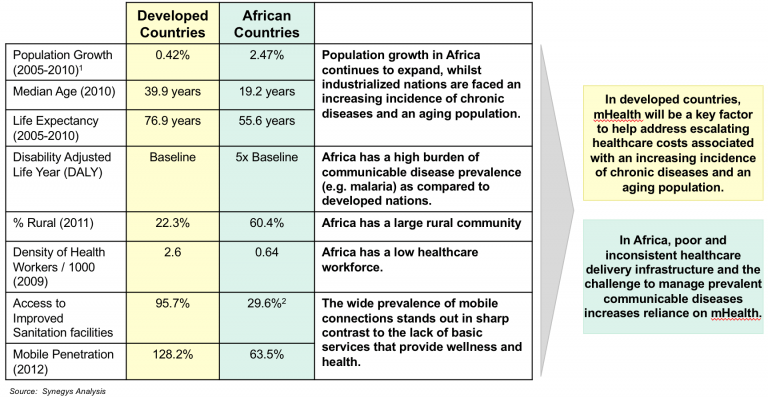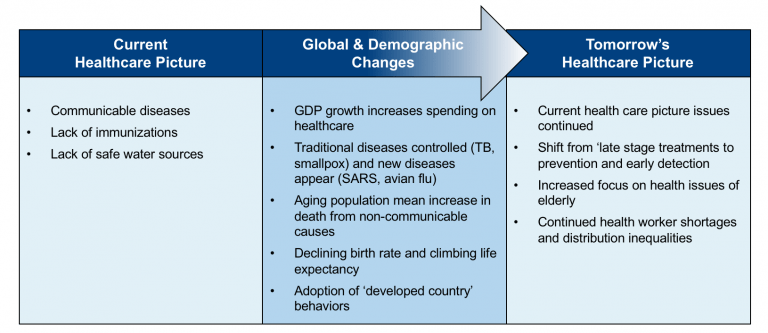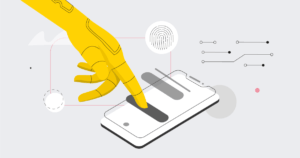Motivating Factors of mHealth in Africa
Africans using mobile phones are driving the largest social and economic developments over the last three decades. It is certainly the greatest technological change the Continent has seen recently – even eclipsing Internet access, which arguably only has widespread impact because of the ubiquity of mobile devices.
With the rapid rise of mobile phone penetration in developing countries, mHealth is proving itself as a means of improving the capacity of health systems. This differs from developed countries where mHealth is fuelled by the growth of smartphone users, and the use of health apps and wearable sensors.
The practice of mHealth is driven by different motivations. mHealth projects in developing countries operate with a variety of objectives, including increased access to basic health care; improved ability to diagnose, track and prevent diseases; timelier, more actionable public health information; and expanded access to ongoing medical education and training for health workers. This is in contrast to developed countries where the primary focus is on reducing health care costs, improving efficiencies, delivering higher quality care and improving the patient experience.

Another key difference between mHealth systems in developed and developing countries is how the systems themselves are realized. According to a mHealth report by the Economist, the developed countries in North America, Europe and Asia-Pacific will represent the lion’s share of a $21.5 billion global mobile health revenue in 2018. In these countries, mHealth is driven by commercial business models associated with health-related apps and mobile devices including wearable sensors. In Africa, healthcare often takes less of a commercial approach, primarily funded by donor agencies.
Given the explosive growth of mobile phones in Africa, it is little surprise to see that Africa is home to the largest number of mHealth projects in the world. In fact, almost 75% of current mobile health deployments in Africa focus on improving the efficiency of healthcare workforce and systems.1 Services that distribute prevention and awareness messages aimed at reducing the spread of infectious diseases and helping patients constitute around 20% of total deployments.2 More complex example of mHealth services are complete system infrastructures that enable remote monitoring and real time audio-visual communications between patients and providers. Cloud-based solutions for data collection are also emerging.
Although mobile apps can be used to support mHealth initiatives in Africa, the case for using text messaging is very strong given its ubiquitous nature. Moreover, the market share of feature phones rose to 61% in 2017 from 55.4% in 2016, while market share for smartphones fell to 39% from 44.6%.3
Future Health Challenges in Africa and Developing Counties
mHealth solutions in developing countries need to continue its focus on improving access to basic health care, remote diagnosis, remote monitoring and prevention today. Emerging challenges lie ahead as non-communicable diseases like diabetes become more prevalent. As such, mHealth solutions will need to evolve to address tomorrow’s problems relating to late-stage treatment and non-communicable diseases. With this in mind, the differences in motivating factors for mHealth in developing and developed countries will diminish.

1 Touching lives through mobile health – Assessment of the global market opportunity. PwC. GSMA 2012
2 Ibid
3 IDC



